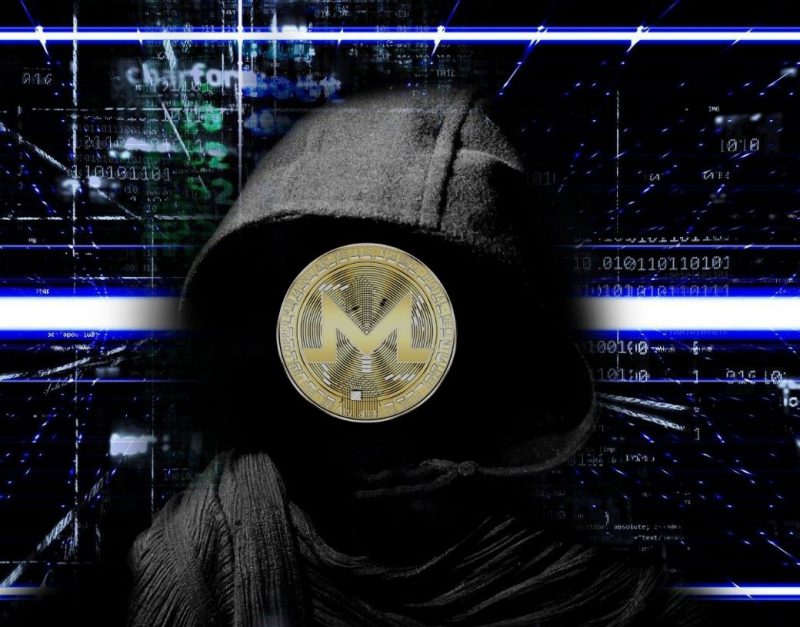Often the privacy factor offered by some cryptocurrencies has been linked with the intent to hide by the authorities and regulators. However, with rising scams and hacks, can they be blamed? As per the latest report by a blockchain analytics firm, CipherTrace highlighted the crucial role privacy-centric cryptos like Monero were playing in the rising wave of ransomware.
According to the report titled “Current Trends in Ransomware,” there was a 500% rise in “double extortion” ransomware attacks from 2020 to 2021. In this type of cyber-attacks, hackers steal a victim’s sensitive data and encrypt it. The research further noted that Monero was the preferred mode of receiving a ransom and added premiums.
“2021 has seen an increasing demand for ransom payment in monero (XMR) with added premiums for payments in bitcoin (BTC) ranging from 10-20%.”
Higher prices for Bitcoin were seen as a premium for dealing with the increased risk of using easily traceable cryptocurrencies like BTC, per CipherTrace. As per the report, at least 22 out of 50 ransomware strains accepted only XMR payments; seven of them accept both BTC and XMR.
Amid the ongoing concerns about cryptocurrencies used to evade sanctions, the report also cited a Russian-speaking ransomware gang called Everest Group who was actively “trying to sell the data for $500,000 in XMR.” The group previously claimed the responsibility for hacking the U.S. Government in October 2021. Along with this notorious group, another Russian group that was responsible for the U.S. Colonial Pipeline attack in May 2021- the DarkSide group was also making victims pay in XMR or BTC.
Meanwhile, many such groups have also switched from accepting Bitcoin to now solely taking Monero for ransom like the REvil ransomware groups.
With interest for Monero growing in the illegal part of the world, the digital asset may come under increased scrutiny by the authorities. It was already facing a tough time defending its focus on privacy along with many other privacy-centric assets like Zcash [ZEC] and Dash [DASH]. When we take a look at the trading chart of XMRUSDT, the digital asset has spiked by almost 90% from its drop in late February to $132.54. As XMR traded at $262.87, the fear of stricter policies around this group of digital assets could also increase given the global political situation.
So to answer the question “is privacy just a means to conduct illicit activities by crypto users?” Of course not. A member of the Haven Protocol community, Ahawk, rightly explained to a media publication,
“Why do you need a password for your bank account? For the same reason crypto users increasingly need privacy options: You don’t want anyone to be able to see your entire financial history with the click of a few buttons. Just because you want your money and financial decisions to be private doesn’t mean you’re doing anything wrong.”
While strict regulations could discourage key features of digital money like fungibility. However, the rising use of Monero in ransomware attacks could push the talk about the need for privacy tokens.
It should be noted that the blockchain analytics firm, CipherTrace was already working on XMR tracing and filed for a second patent in November 2020.





